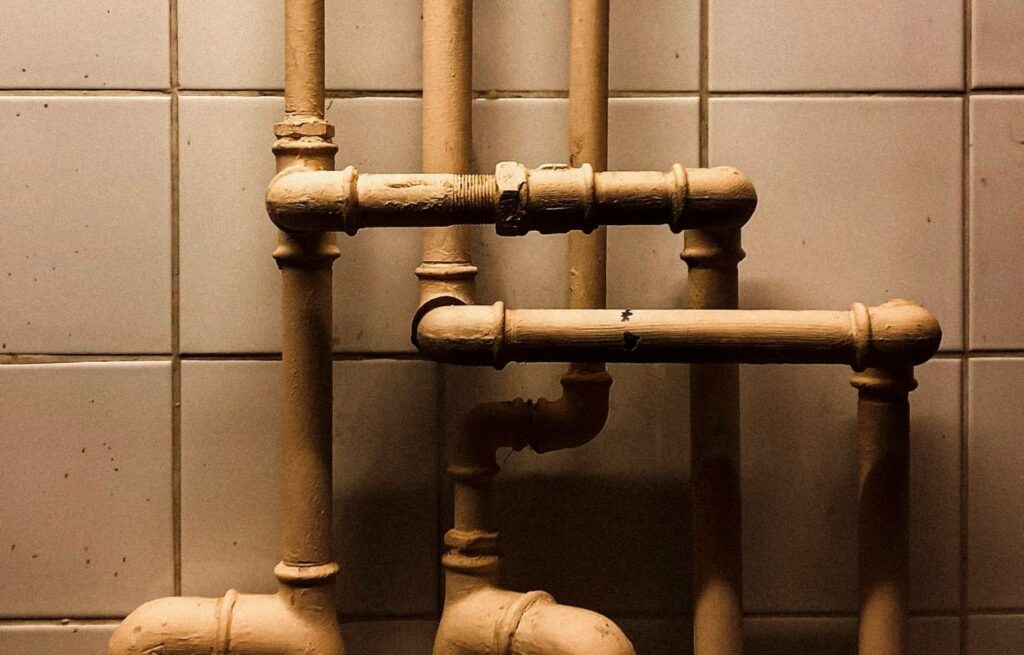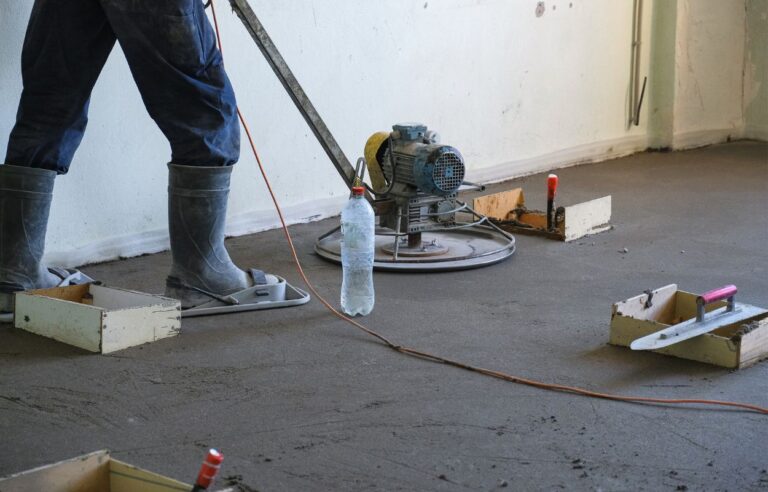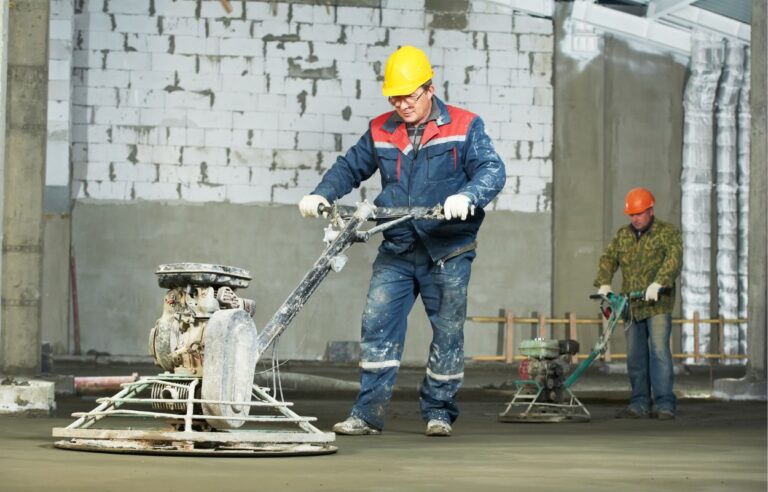
When we hear the word “lead,” we often think of something dangerous, and for good reason. Lead can be found in older homes and buildings in two major forms: lead paint and lead pipes. If you live in an older home or apartment, it’s important to understand these risks, especially if you have kids or pets. This blog post will break down everything you need to know about lead paint and lead pipes, how they can affect your health, and what you can do to protect yourself. So, grab a cup of coffee and let’s dive in!
WHAT IS LEAD AND WHY IS IT DANGEROUS?
Lead is a heavy metal that was once widely used in construction, household products, and even toys. Back in the day, people didn’t realize just how harmful lead exposure could be, especially for children. Even though lead-based products have been banned in many countries for years, the effects of lead exposure are still felt today, especially in older buildings.
Lead poisoning happens when lead accumulates in the body over time, often without obvious symptoms at first. It can cause a wide range of health issues, including developmental delays in children, brain damage, high blood pressure, kidney damage, and more. This makes lead a serious concern, particularly in homes built before the 1980s when lead paint was commonly used.
LEAD PAINT: A HIDDEN DANGER IN OLDER HOMES
Lead paint is one of the most common sources of lead exposure in homes, especially if the interior of your home was built before 1976 (the year lead-based paint was banned in home interiors in Canada, though this may vary by country). Lead paint can be found on walls, doors, windows, trim, and even in older furniture. When the paint starts to peel, chip, or become dusty, it can create dangerous lead dust that can easily be inhaled or ingested.
The problem with lead paint is that it’s often hidden beneath layers of newer paint or plaster. If your home has old paint, you may not even realize it’s a problem until it’s too late. Children, in particular, are at high risk because they tend to put their hands in their mouths or play on floors where lead dust may have settled.
HOW LEAD PAINT AFFECTS HEALTH
The biggest concern with lead paint is the potential for lead dust exposure. When lead paint deteriorates or is disturbed (for example, during renovations), lead dust can get into the air, settle on surfaces, and make its way into your lungs. This can be incredibly harmful, especially to young children whose bodies are still developing.
For children, even small amounts of lead exposure can cause developmental delays, learning difficulties, and behavioural problems. In adults, lead poisoning can cause high blood pressure, kidney damage, and other serious health conditions. That’s why it’s so important to take action if you think your home might have lead paint.
WHAT IS LEAD ABATEMENT IN VICTORIA?
If you live in Victoria (or anywhere with similar concerns), you might have heard about “lead abatement.” This is a process designed to safely remove lead paint and reduce the risks associated with it. Lead abatement in Victoria typically involves professional services that can test for lead, clean up dust, and remove lead-based paint in a safe manner. If you’re unsure about whether your home has lead paint, getting a lead inspection is a smart move. Professionals will be able to test for lead and help you figure out the best way to deal with it.
LEAD PIPES: ANOTHER HIDDEN DANGER
Just like lead paint, lead pipes were once commonly used in plumbing systems. Lead pipes are especially dangerous because they can contaminate the water supply. If your home still has lead pipes, you may be at risk of drinking contaminated water without even realizing it.
Lead pipes are often found in older homes, particularly those built before the 1960s. These pipes were commonly used for both water supply lines and sewer systems. Over time, lead can leach into the water, especially if the water is acidic or has high levels of minerals. When you drink water from these pipes, you could be unknowingly ingesting lead, which can have serious health effects.
HOW LEAD PIPES AFFECT HEALTH
Drinking water contaminated with lead can have serious consequences. For children, the risks are even higher. Lead exposure from water can cause the same health problems as lead paint, including developmental delays and learning disabilities. For adults, long-term exposure to lead from contaminated water can cause high blood pressure, kidney problems, and even reproductive issues.
The scary part is that lead contamination from pipes often isn’t noticeable. The water may look, taste, and smell normal, but it could still be contaminated with dangerous amounts of lead. Unfortunately, lead poisoning from pipes is harder to detect than from paint because symptoms of lead exposure don’t always show up right away.
WHAT CAN YOU DO TO PROTECT YOURSELF FROM LEAD PAINT AND LEAD PIPES?
If you’re concerned about lead in your home, there are a few steps you can take to protect yourself and your family.
Test for Lead
If your home was built before the 1980s, it’s a good idea to have a professional test for lead paint and lead pipes. Lead testing is available for both paint and water, and it can help you identify any potential risks.
Remove or Contain Lead Paint
If you do have lead paint in your home, it’s important not to just ignore it. If the paint is in good condition, you might be able to simply cover it up with new paint or wallpaper. However, if the paint is peeling or chipping, it’s best to hire a professional to remove it safely. DIY removal can be dangerous, so it’s always a good idea to leave it to the experts.
Replace Lead Pipes
If you have lead pipes in your plumbing system, it’s crucial to replace them as soon as possible. You might not be able to replace all the pipes at once, but even replacing a few at a time can help reduce your risk. If you’re unsure whether your pipes are made of lead, you can contact a plumber to perform a simple test.
Use a Water Filter
If you can’t replace the lead pipes right away, consider installing a water filter that removes lead. Some filters are specifically designed to reduce lead levels in drinking water, so it’s a good short-term solution while you plan for more permanent changes.
CONCLUSION
Lead paint and lead pipes are a hidden danger in many older homes, but with the right precautions, you can reduce the risks. Whether you’re dealing with lead paint or lead pipes, the key is to test, abate, and replace as needed. Lead abatement in Victoria and similar services can help you take care of lead paint safely. When it comes to lead pipes, replacing them as soon as possible is the best way to protect your health and your family.
By staying informed and taking action, you can enjoy your home without worrying about the hidden dangers of lead. Don’t wait—if you think your home may have lead paint or lead pipes, take the steps to test and address the problem today. Your health is worth it!





